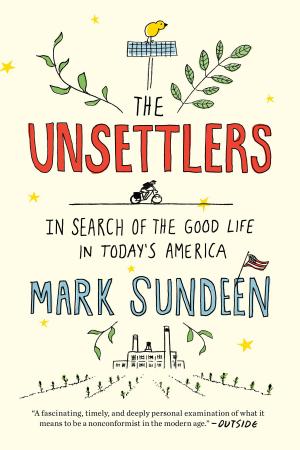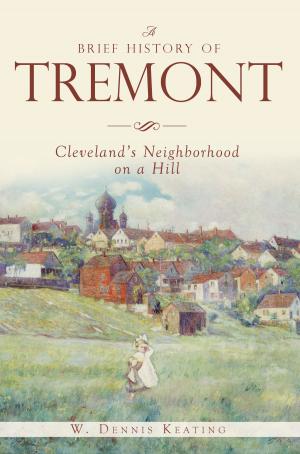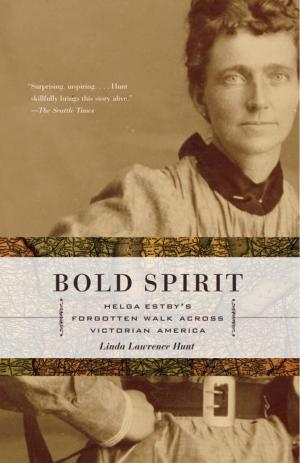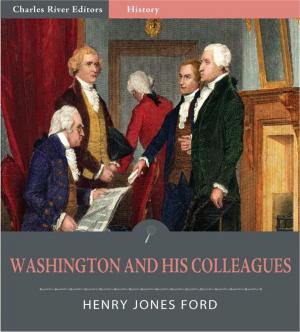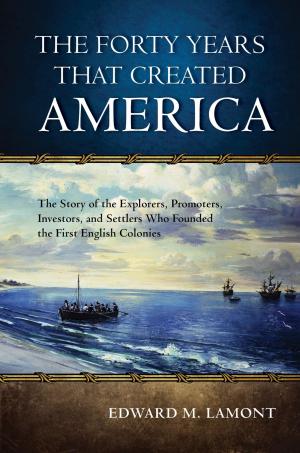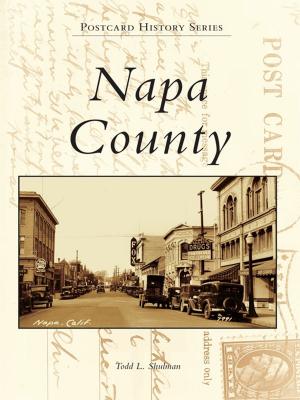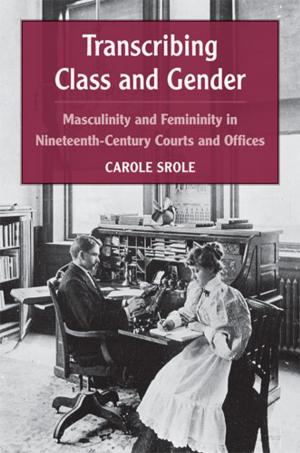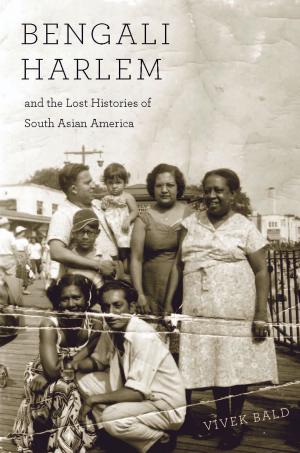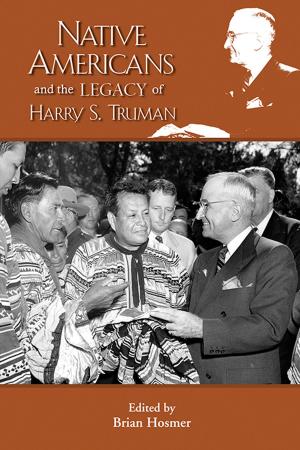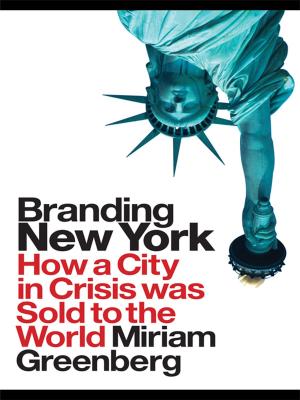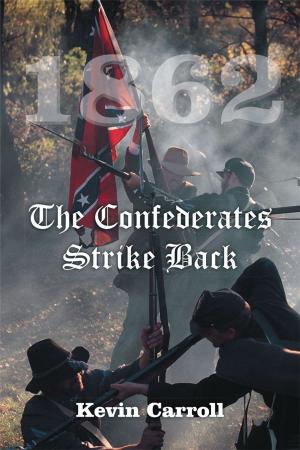| Author: | steve mccrossan | ISBN: | 9781311950666 |
| Publisher: | steve mccrossan | Publication: | January 30, 2016 |
| Imprint: | Smashwords Edition | Language: | English |
| Author: | steve mccrossan |
| ISBN: | 9781311950666 |
| Publisher: | steve mccrossan |
| Publication: | January 30, 2016 |
| Imprint: | Smashwords Edition |
| Language: | English |
Over fifty years of misconceptions, distortions and outright lies that have created a popular myth of the American Civil Rights movement as nonviolent. The myth glosses over the fierceness of white racist violence, the complicity of the federal government, and the hypocrisy of many white liberals. It confuses “rights” with power, and ignores the persistence of poverty and the endurance of entrenched racism. While this myth is comforting, it is also vacant fiction. The reality is that black civil rights were achieved through a symbiosis of actors, tactics and strategies- not nonviolence alone. It took Gospel Singers, Gun Slingers, Riots and Radicals to achieve black civil rights.
Gospel Singers: Nonviolence acted as the moral anchor of the movement and thus offered America a safe choice over the riots, radicals and gunslingers. Without the anchoring presence of the nonviolent movement, it is likely that the other tactics would have been swiftly crushed and condemned.
Gunslingers: Armed self-defense protected black communities, saved lives, and deterred Klan violence. Armed self-defense not only allowed the movement to survive, but allowed it to thrive, especially in the Deep South.
Riots: Rioting, while dismissed as counterproductive, actually pressured the federal government to enact legislation and brought several segregationist cities to the negotiating table. Rioting also led to several federal programs being initiated to battle inner city blight and poverty.
Radicals: Radicals affect the psychology of perception by making more centrist organizations seem palatable by comparison. The presence of radicals directly led to an increase in access to negotiations, power and funding among the more moderate organizations in the civil rights movement.
Over fifty years of misconceptions, distortions and outright lies that have created a popular myth of the American Civil Rights movement as nonviolent. The myth glosses over the fierceness of white racist violence, the complicity of the federal government, and the hypocrisy of many white liberals. It confuses “rights” with power, and ignores the persistence of poverty and the endurance of entrenched racism. While this myth is comforting, it is also vacant fiction. The reality is that black civil rights were achieved through a symbiosis of actors, tactics and strategies- not nonviolence alone. It took Gospel Singers, Gun Slingers, Riots and Radicals to achieve black civil rights.
Gospel Singers: Nonviolence acted as the moral anchor of the movement and thus offered America a safe choice over the riots, radicals and gunslingers. Without the anchoring presence of the nonviolent movement, it is likely that the other tactics would have been swiftly crushed and condemned.
Gunslingers: Armed self-defense protected black communities, saved lives, and deterred Klan violence. Armed self-defense not only allowed the movement to survive, but allowed it to thrive, especially in the Deep South.
Riots: Rioting, while dismissed as counterproductive, actually pressured the federal government to enact legislation and brought several segregationist cities to the negotiating table. Rioting also led to several federal programs being initiated to battle inner city blight and poverty.
Radicals: Radicals affect the psychology of perception by making more centrist organizations seem palatable by comparison. The presence of radicals directly led to an increase in access to negotiations, power and funding among the more moderate organizations in the civil rights movement.

